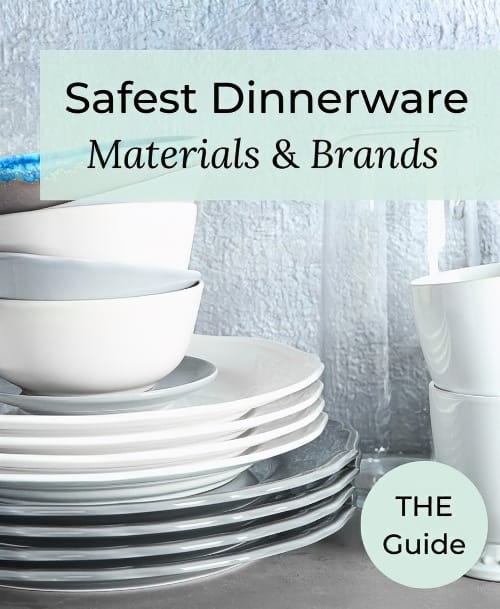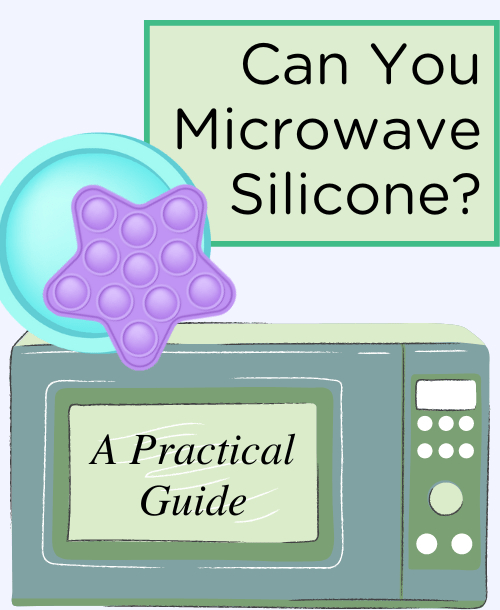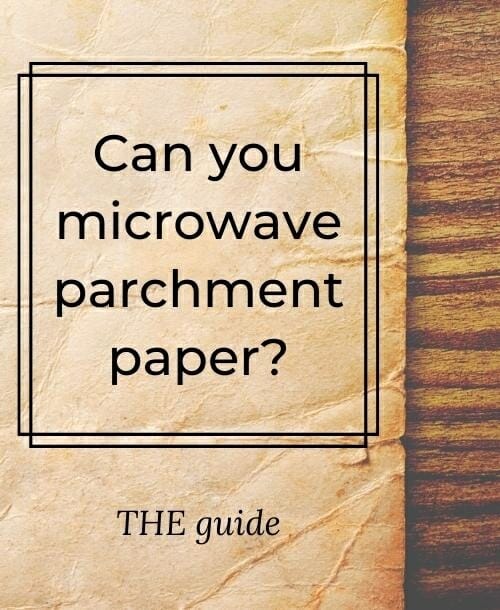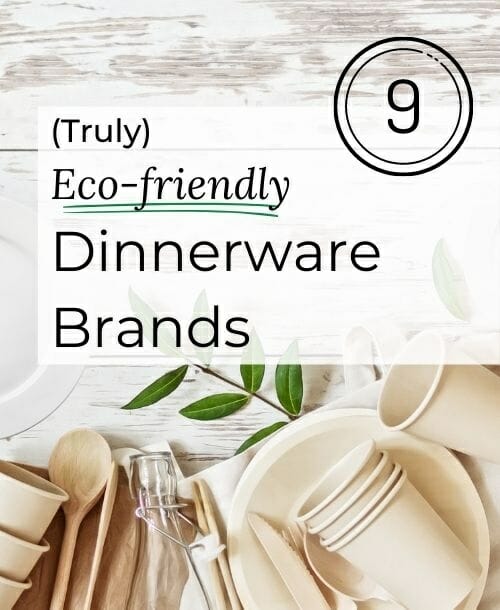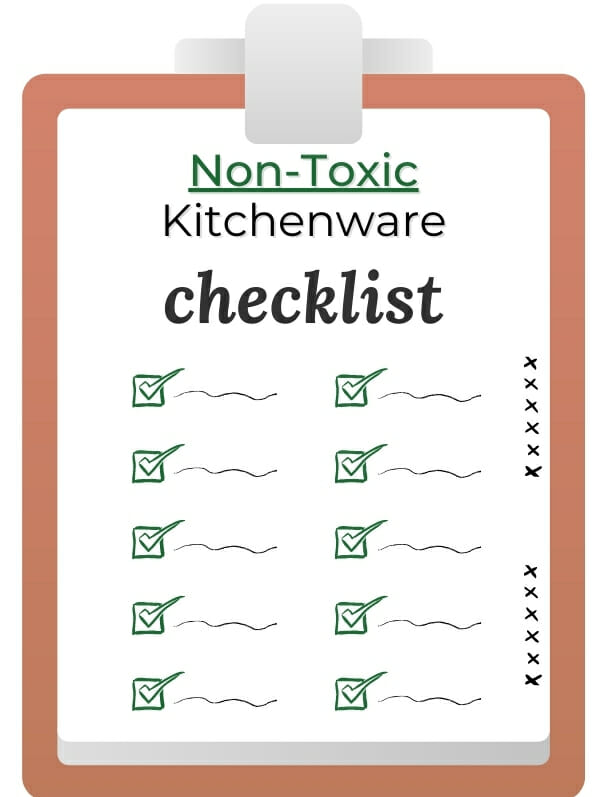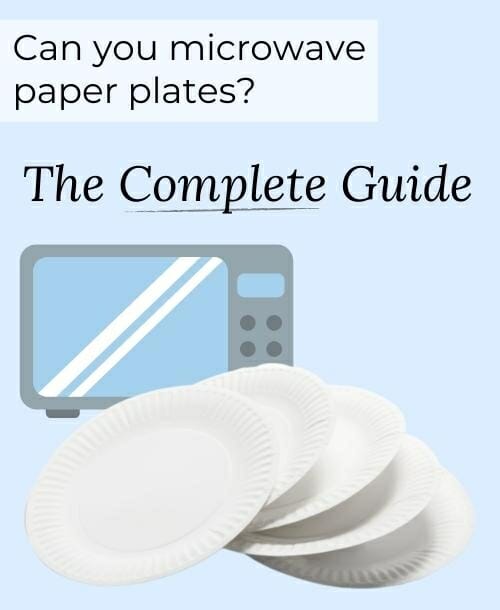
There’s nothing quite as convenient as popping food right in the microwave. Whether it’s leftovers or frozen meals, you’re sure to have food on the table in minutes.
And paper plates make it all even easier – you don’t even have to wash dishes after eating! So now you may be wondering: can you microwave paper plates? Are all paper plates microwave-safe?
Well, several factors determine the safety of paper plates in microwaves… While all can be microwaved (technically), some will melt, warp, or even catch fire.
To prevent risk, you’ll want a plate that’s properly labeled as “microwave-safe” and limit your cooking times and power level. You also want to avoid plastic-coated dishes.
But, even “microwave-safe” plates can become risky under specific circumstances and uses. That’s where we come in—
This article will walk you through how to safely microwave food on paper plates. Plus, give you several examples of the best disposable plates for microwaving.
Can you microwave paper plates? 7 Safety Guidelines
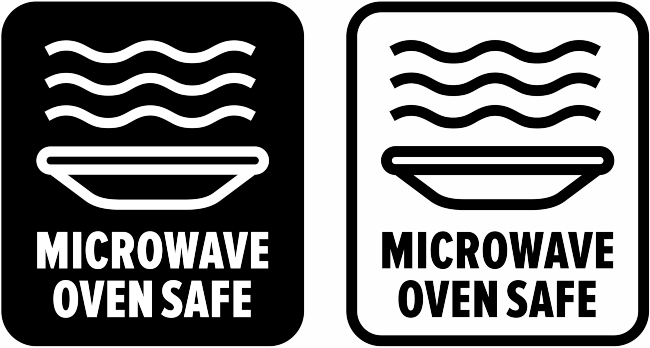
First, we’ll address the question you’re all here for— Can I put paper plates in microwaves?
Yes, you can microwave paper plates safely, as long as they’re labeled “microwave-safe” and (ideally) plain white, uncoated paper… Plain white dishes are non-toxic and unlikely to catch fire if microwaved correctly.
However, there are some guidelines you should follow to ensure safety:
- Always read the label or the stamp on the plate’s bottom. While plain white paper plates are usually safe, plates with a coating are not. Check for wording like “microwave-safe” or “microwave-friendly.” Or a logo with wavy horizontal lines. If the label (or stamp) does not have this wording or logo, don’t risk it!
- Don’t use paper plates in the microwave for longer than 2 minutes. It’s also recommended that you only use paper plates on a 50% power setting. Any longer or higher than that, and you may risk a fire.
- Never put a paper plate in the microwave without any food on it. Doing so increases the chance of it catching fire.
- Keep an eye on the plate as it heats, and consider stopping to stir every 30 seconds to ensure even reheating.
- Keep the plate away from any heat sources that may cause a fire, such as metal or the microwave heat lamp. While paper plates generally do not catch fire (especially when heated for one-two minutes), they may combust if placed too close to heat sources. Or, when near shooting sparks (don’t put metal in the microwave!).
- Do not use foil or plastic wrap to cover the paper plate. Instead, use paper towels. They’ll prevent splatter, and they’re microwave safe for 1-2 minutes.
- Be careful when you take the paper plate out, as it may have absorbed grease or moisture in the heating process and become flimsy. Using 2-3 stacked paper plates can help you avoid dropping hot food when you take it out of the microwave. Or, to conserve your disposables, use one paper plate as a “liner” on top of rigid glass or ceramic dishware.
Is all paper safe to go in the microwave?
No. While plain paper plates will not catch fire in the microwave at medium power for under 2 minutes, other paper types will.
What’s okay to put in the microwave?
- Paper towels: At medium power for ~2 minutes.
- Parchment paper: At medium power for ~2 minutes. See our complete guide on parchment paper to learn more about microwave safety.
Don’t put the following paper items in the microwave:
- Newspapers: Newspapers may catch fire. They also contain ink that can contaminate food.
- Paper bags: These are more likely to catch fire in the microwave.
- Paper plates or paper napkins with designs on them: These may contain flammable or toxic inks.
- Coated paper plates: Some paper plates are coated with a waxy plastic or PFAS substance to prevent moisture absorption. If your dish is shiny or feels a little waxy, or if it has any design on it, don’t put it in the microwave.
Other types of food packaging, including paper food packaging, may also contain dangerous chemicals that can leach into your food.
While some international regulations govern what chemicals can be used in food packaging, you should avoid microwaving anything not labeled “microwave-safe.”
Yet, maybe you don’t see a microwave-safe label… Or you bought some plain white plates but still aren’t sure if they’re safe to use?
Here’s a quick, easy test from Wikihow to check if you can put paper plates in the microwave—
How can you tell if a plate is microwave-safe? Quick Tips:
- Fill a microwave-safe mug or glass ¾ of the way with water.
- Place both the glass of water and plate in question side-by-side in the microwave.
- Microwave together for one minute on high power.
- Perform a touch test:
- Is the dish warm, but the water in the cup is cold? If so, the plate is not microwave-safe. (The plate absorbed heat; therefore, it’s incompatible.)
- Is the plate in question cool to the touch, yet the water is warm? If so, the dish is microwave-safe. (The plate did not absorb heat; therefore, it’s safe!)
What shouldn’t go in the microwave with the paper plate?
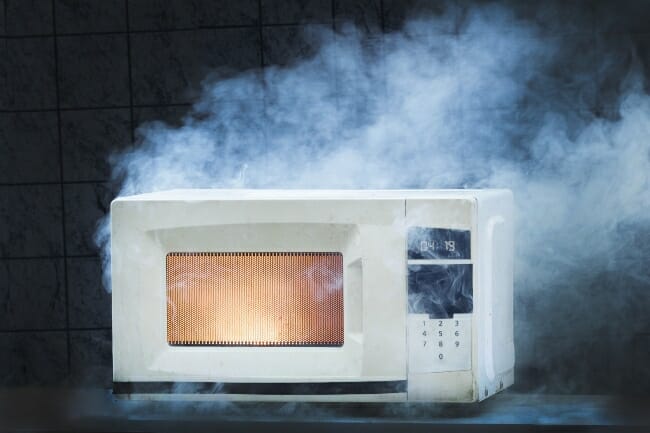
The general rule of thumb for whether something should go in the microwave is:
When in doubt, leave it out! Most microwave-safe items will say so on their label.
The items listed below should not go in the microwave, especially with a paper plate. This is because the object may cause sparks that ignite the dish (in the case of metals)…
Or they’ll melt (in the case of some plastics).
Never put the following items in the microwave unless their label specifically says microwave-safe.
- Dishes with decorative metallic trim.
- Plastic wrap: Conventional plastic wrap may melt and leach chemicals into your food, so it should not go in the microwave. The USDA notes that microwave-safe plastic wraps are safe to use in the microwave. Yet, even these microwave-safe wraps shouldn’t touch the food while heating. Also, you should add a small hole to allow steam to vent.
- Metal forks, spoons, and knives: These metal items can catch fire in the microwave.
- Foils: Foils like tin foil may catch fire in the microwave.
- Twist-ties: These often have metal wires in the middle, which can catch fire.
- Styrofoam: This can release toxic chemicals when heated in the microwave.
Can coated or colored paper plates go in the microwave?
No. While it’s safe to microwave plain white dishes, any coated, decorated, or dyed paper plates are risky. There’s a higher chance these will catch fire.
Additionally, the Center for Environmental Health’s 2018 report on disposable foodware shows that decorated plates are more likely to contain dangerous chemicals like PFAS (per- and polyfluoroalkyl substances). These are the chemicals used to make Teflon.
PFAS can leach into your food from the dish as it heats in the microwave. And a review by the CDC shows PFAS may cause health issues at high exposures.
Conclusion & Recap
…+ our recommended options for reheating:
Can paper plates go in the microwave? When it comes down to it, the answer to this question is pretty simple: Yes, but carefully!
To err on the side of caution, always check three things when buying paper plates for (safe) microwave use:
- Check for microwave-safe labeling or logos.
- Ensure the plate is plain white unless you’re positive the *coloring used is microwave-safe (*the label will say so).
- Ensure the plate is uncoated (free from plastic or PFAS coatings).
One example of safe, uncoated paper plates includes Nature’s Own Green Label. Another great option comes from Stock Your Home – both brands manufacture right in the US.
Yet, paper plates in microwaves aren’t your only option… Glass dinnerware and food containers are best for heating food in the microwave, as they’re reusable and 100% non-toxic.
Microwavable plastic containers are also an option, although these sometimes leach dangerous chemicals like phthalates into your food.
Discover how to choose safe plastic containers in our guide to avoiding phthalates.

Hi there! I'm Adam, author and founder of TGL. Since 2016, I've produced and sold non-toxic kitchenware throughout the US. Today, I'm using my passion and experience in sustainable product manufacturing to help families avoid unsafe reusable foodware. When I'm not writing, you'll find me hiking or camping throughout Appalachia!
Enjoyed this post? Share it with your friends!
Related Posts
FREE Guide
Non-Toxic Kitchenware Checklist
Get a step-by-step product guide with insider tips & tricks for the safest kitchen possible!


